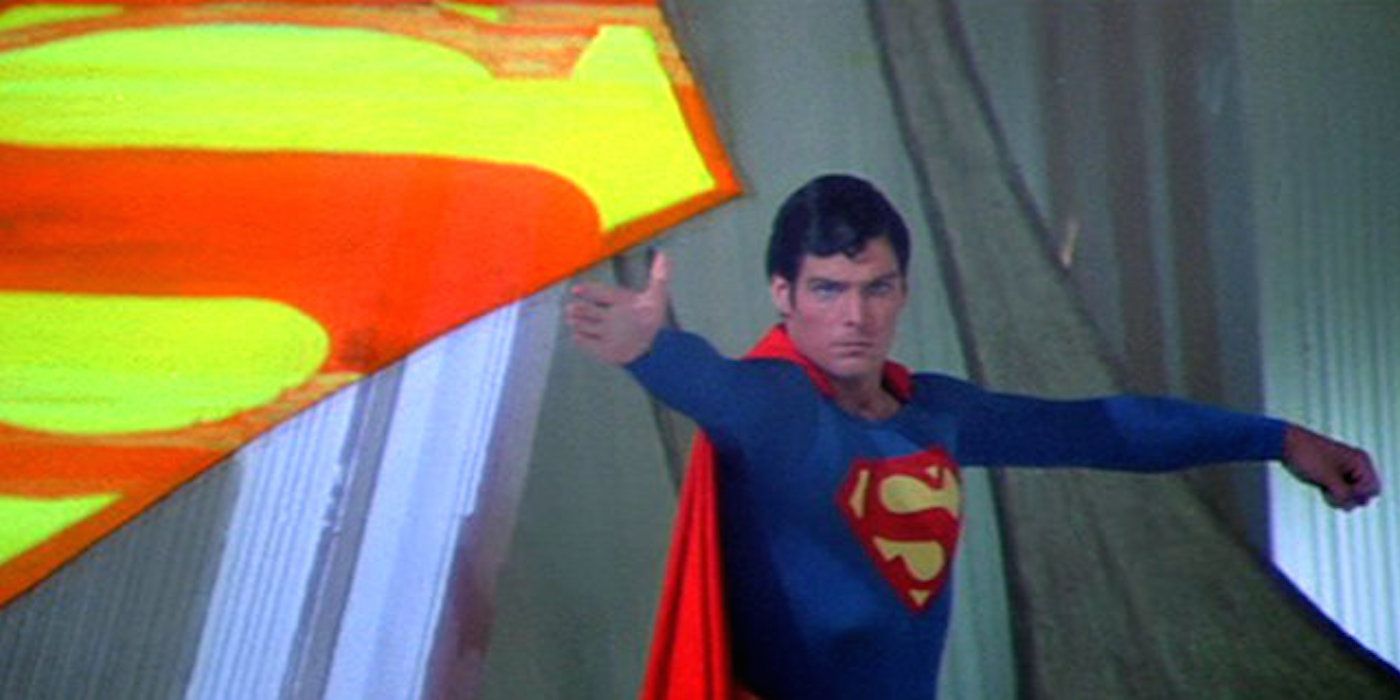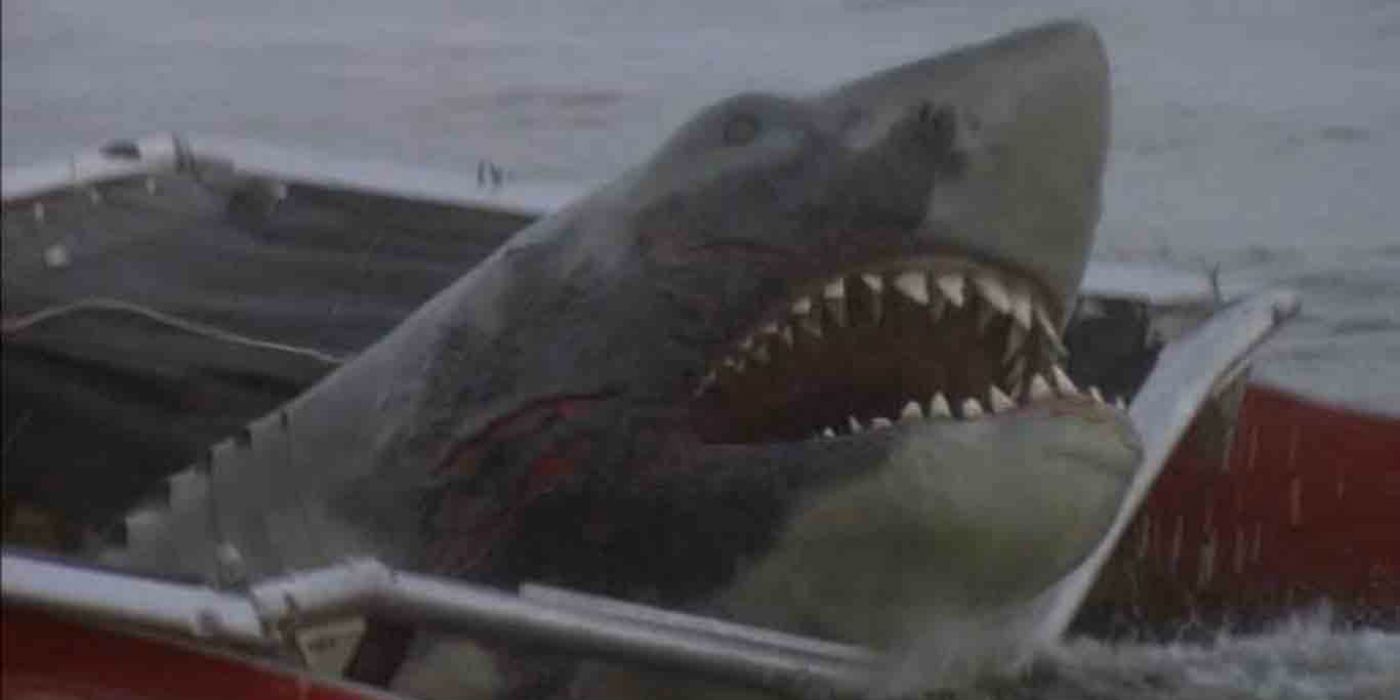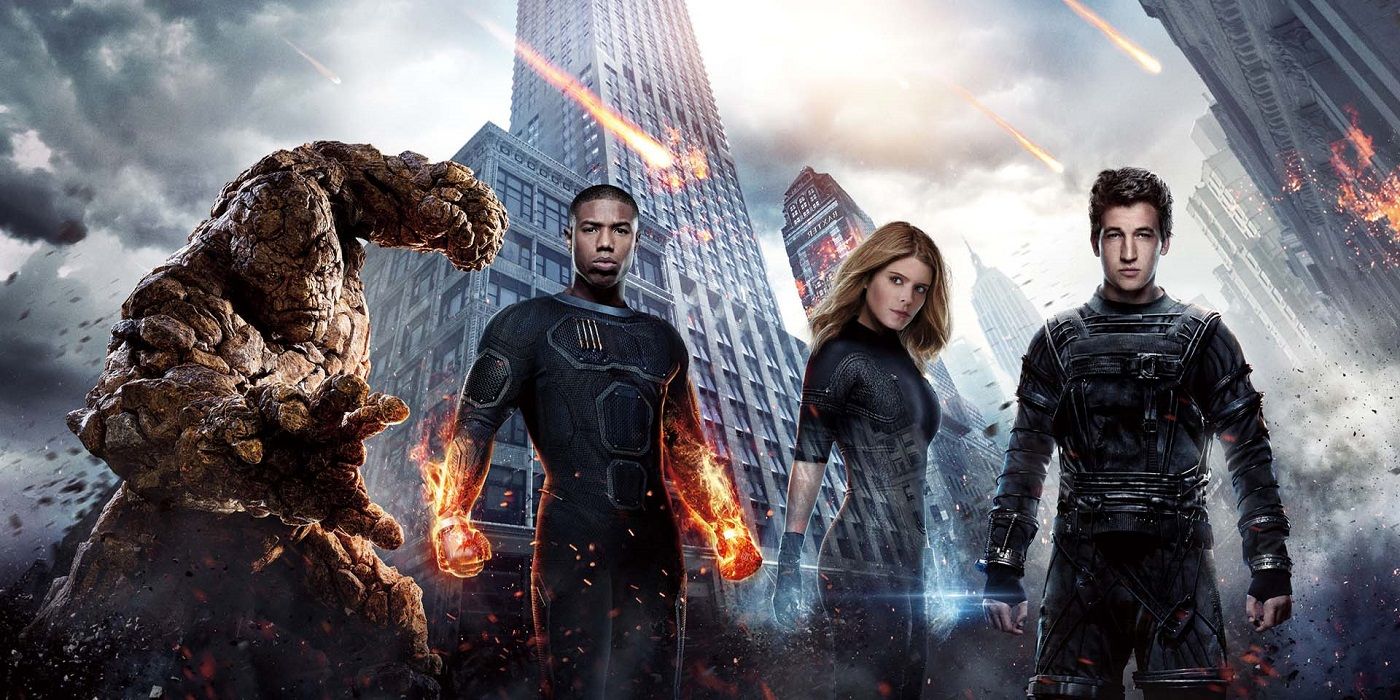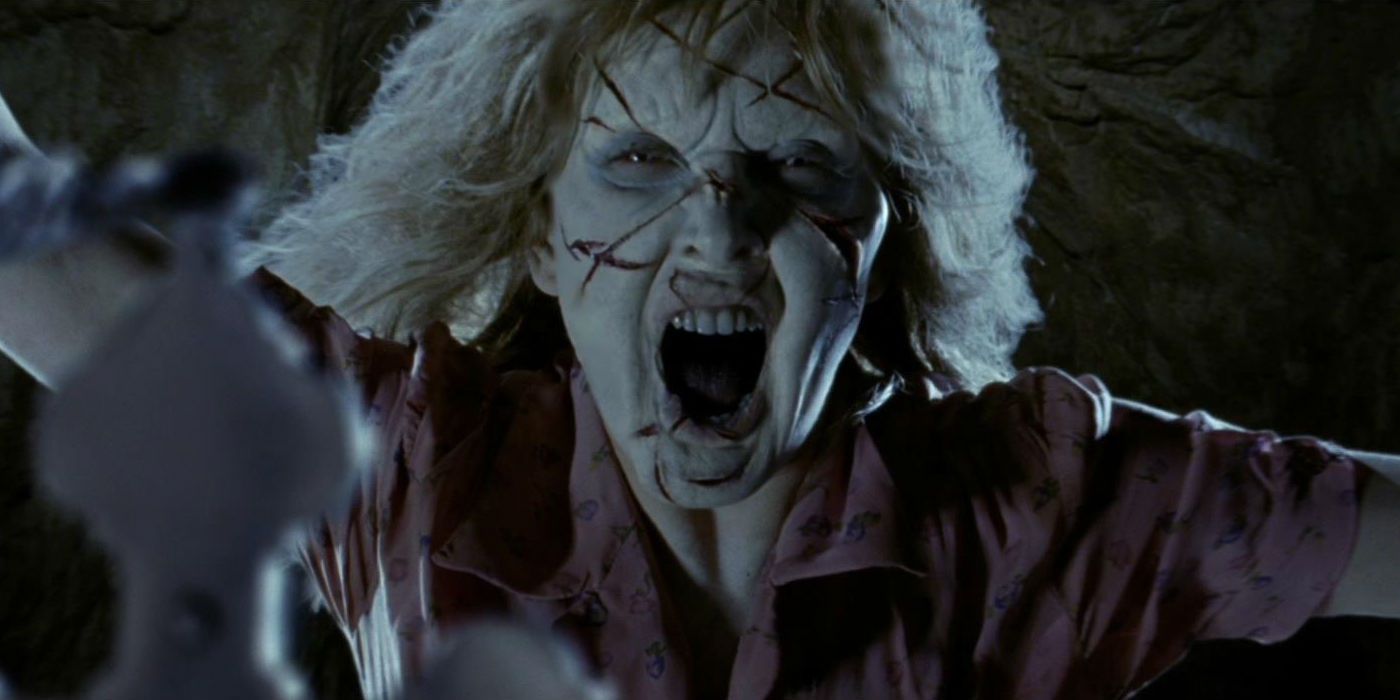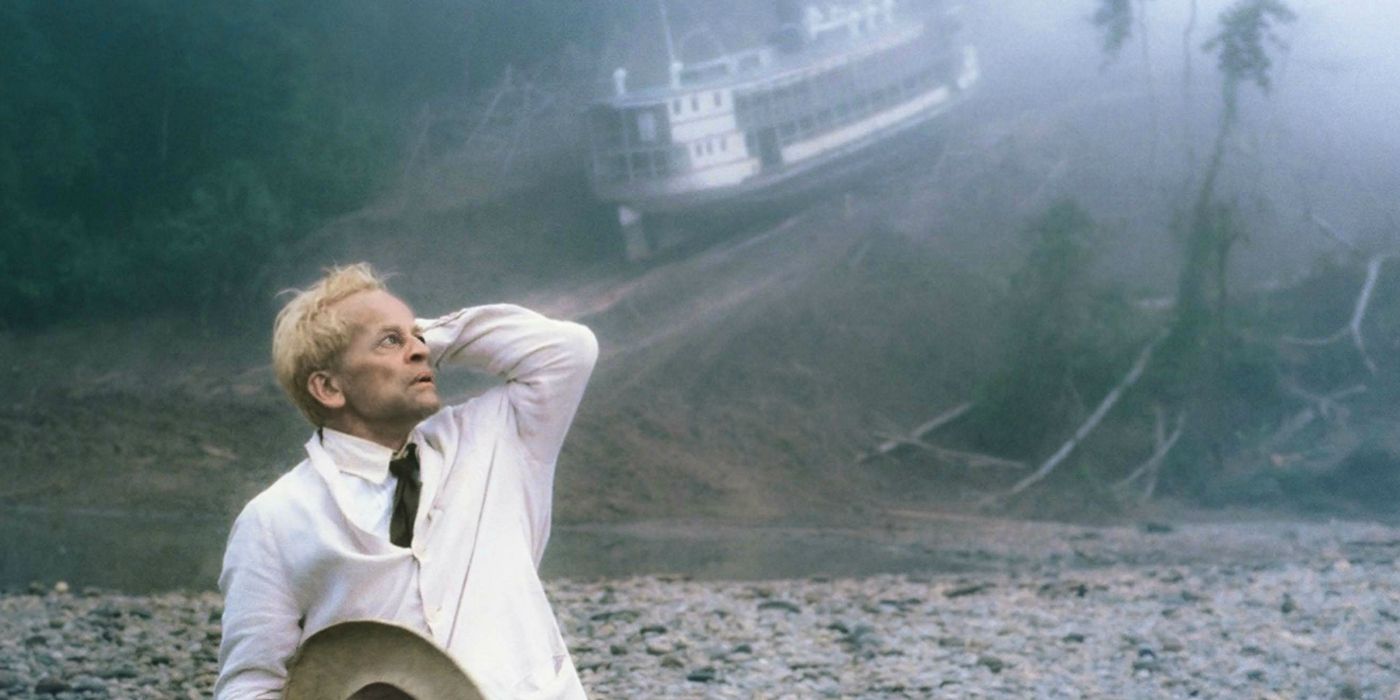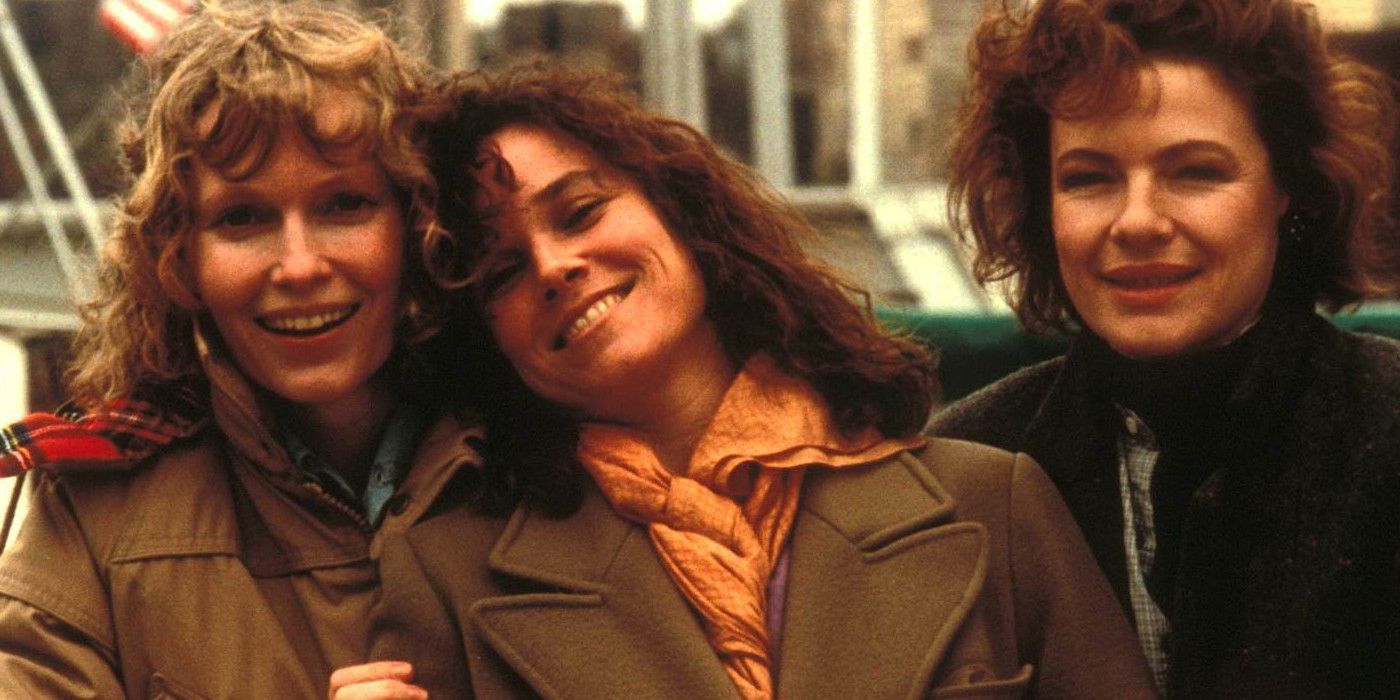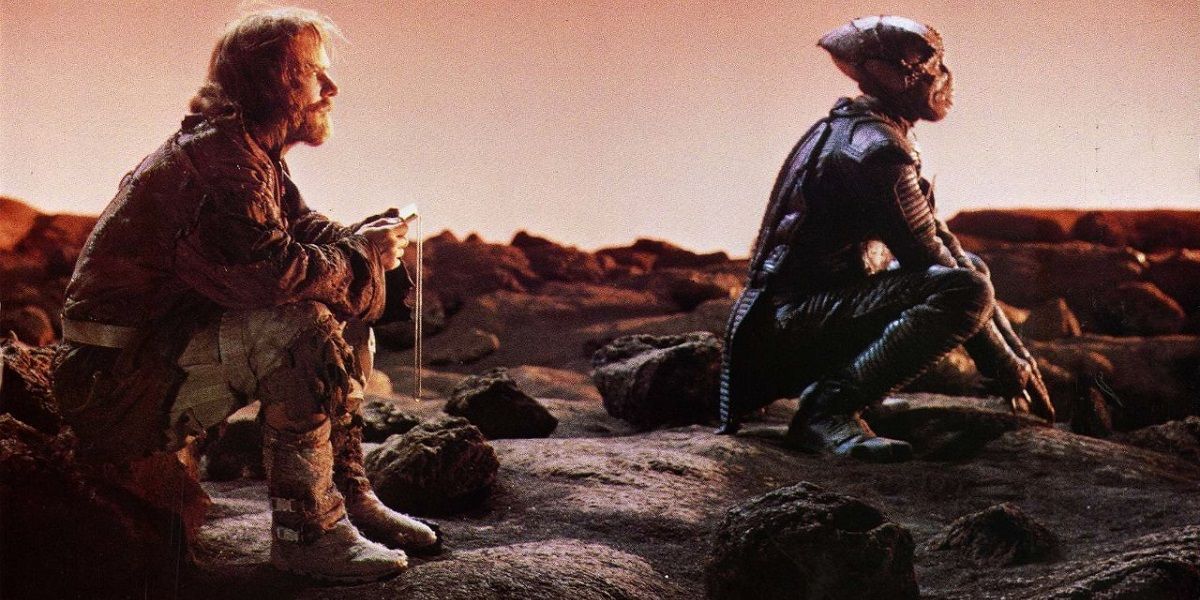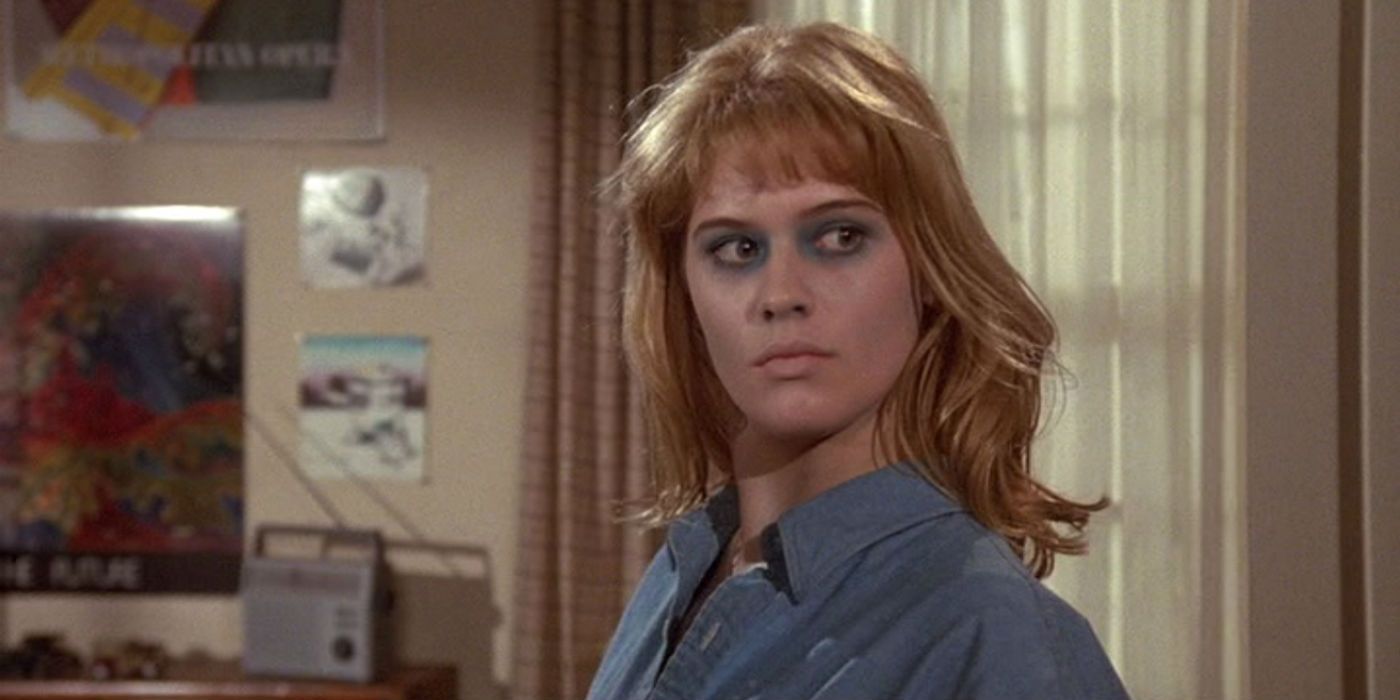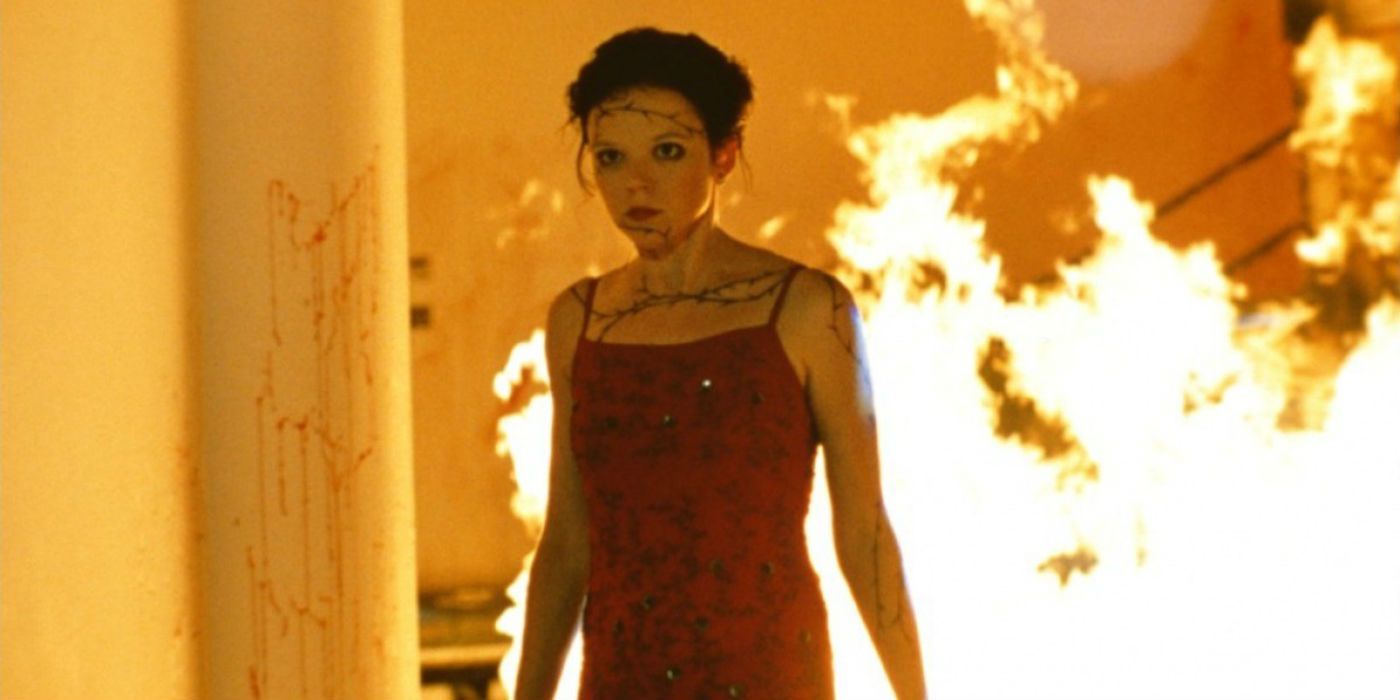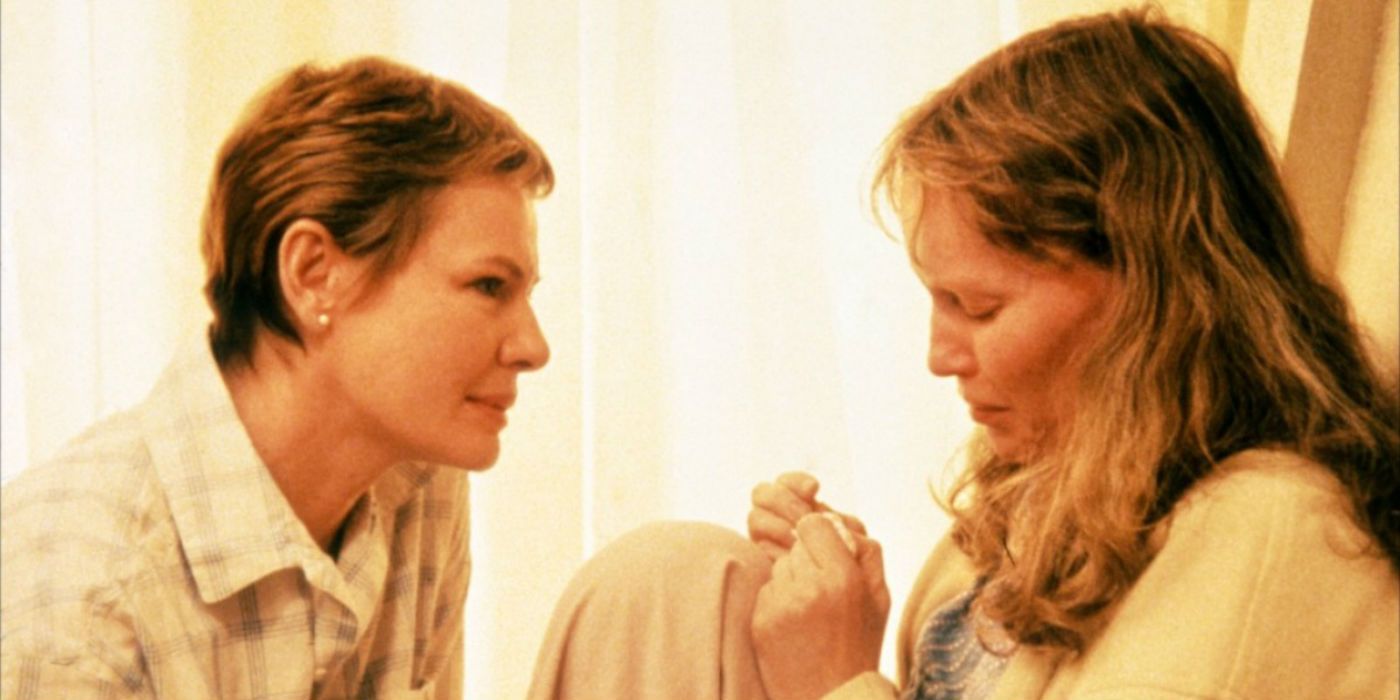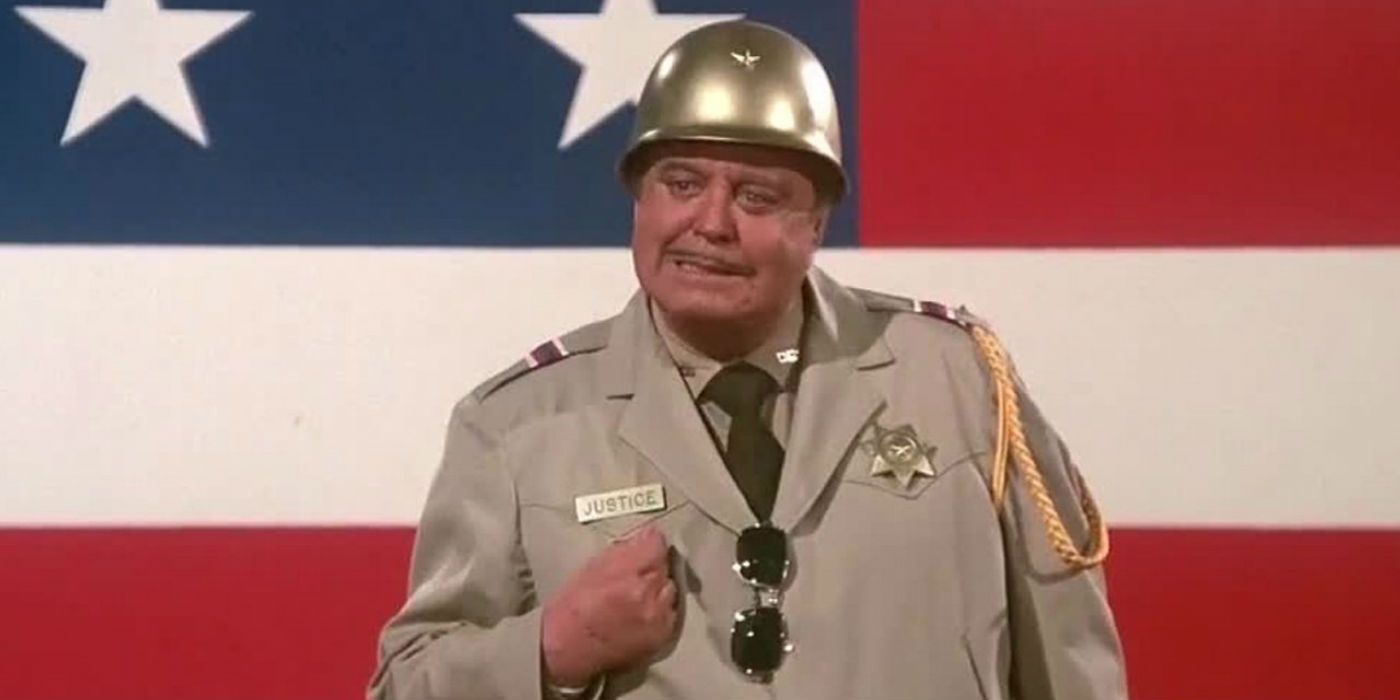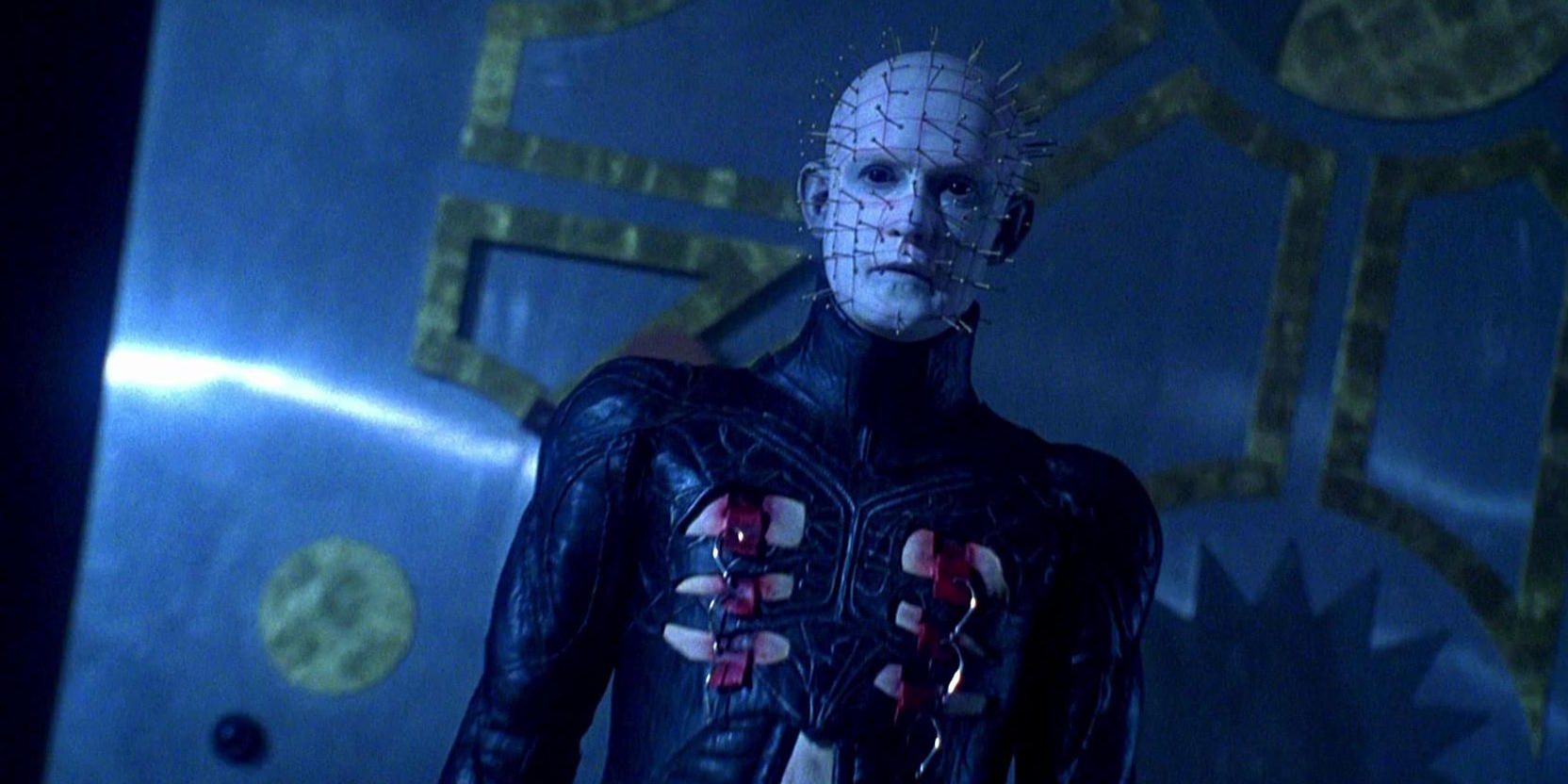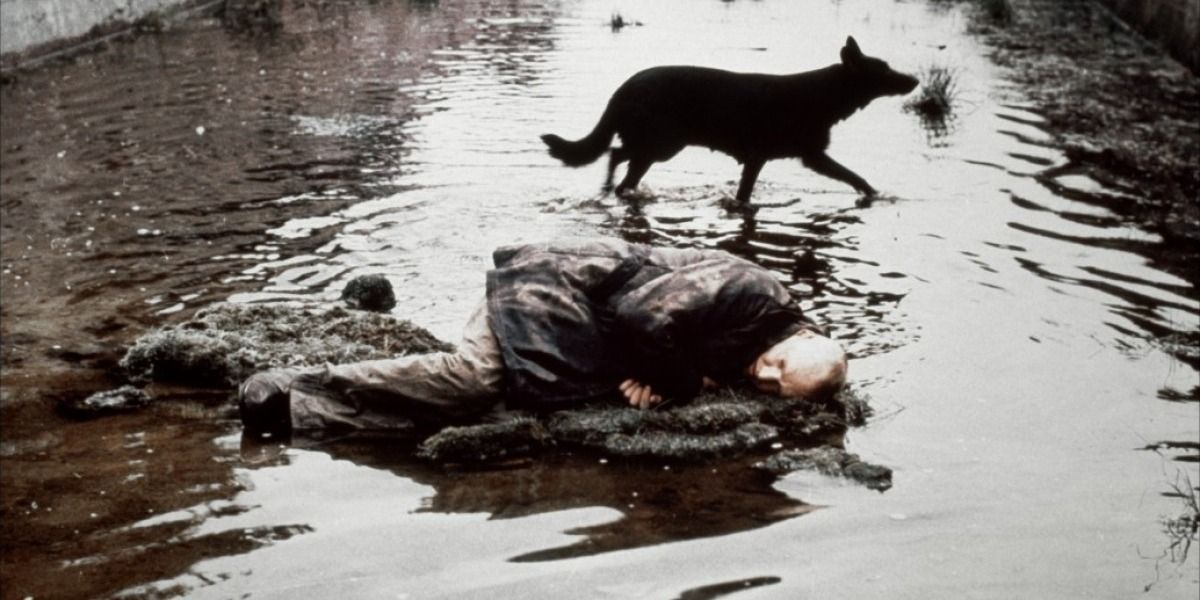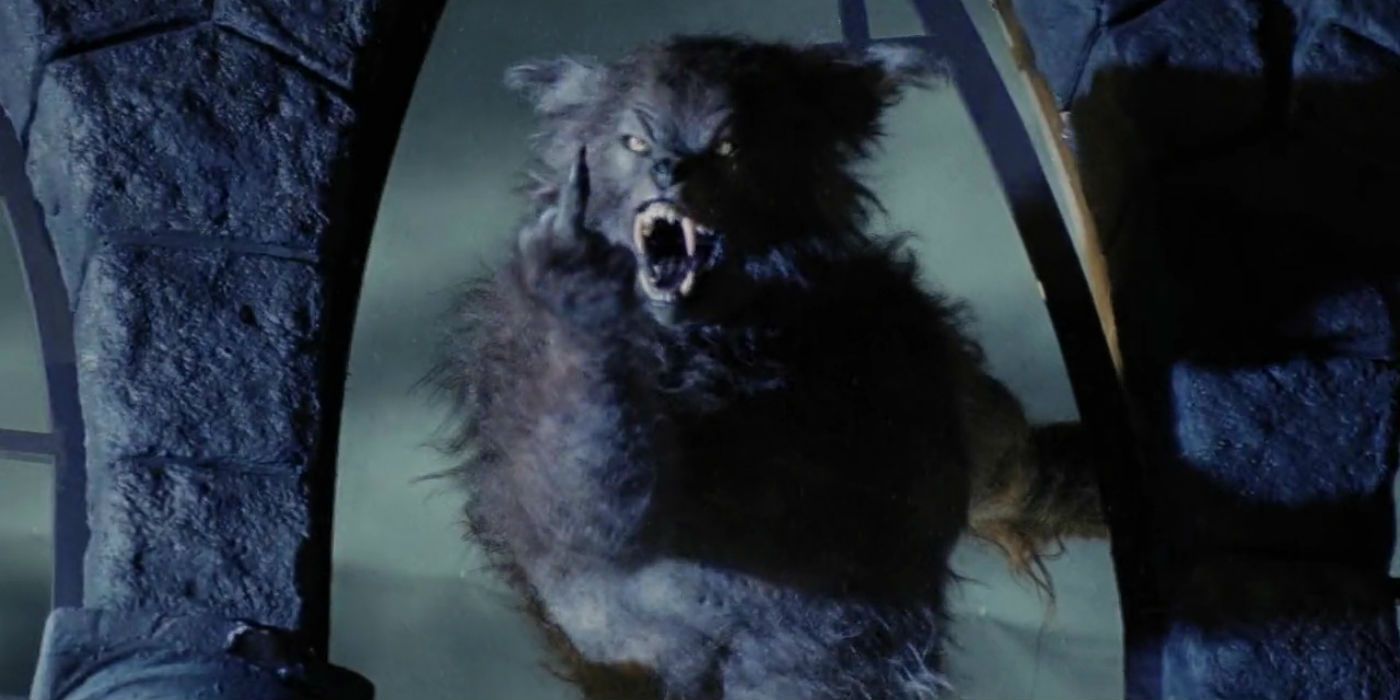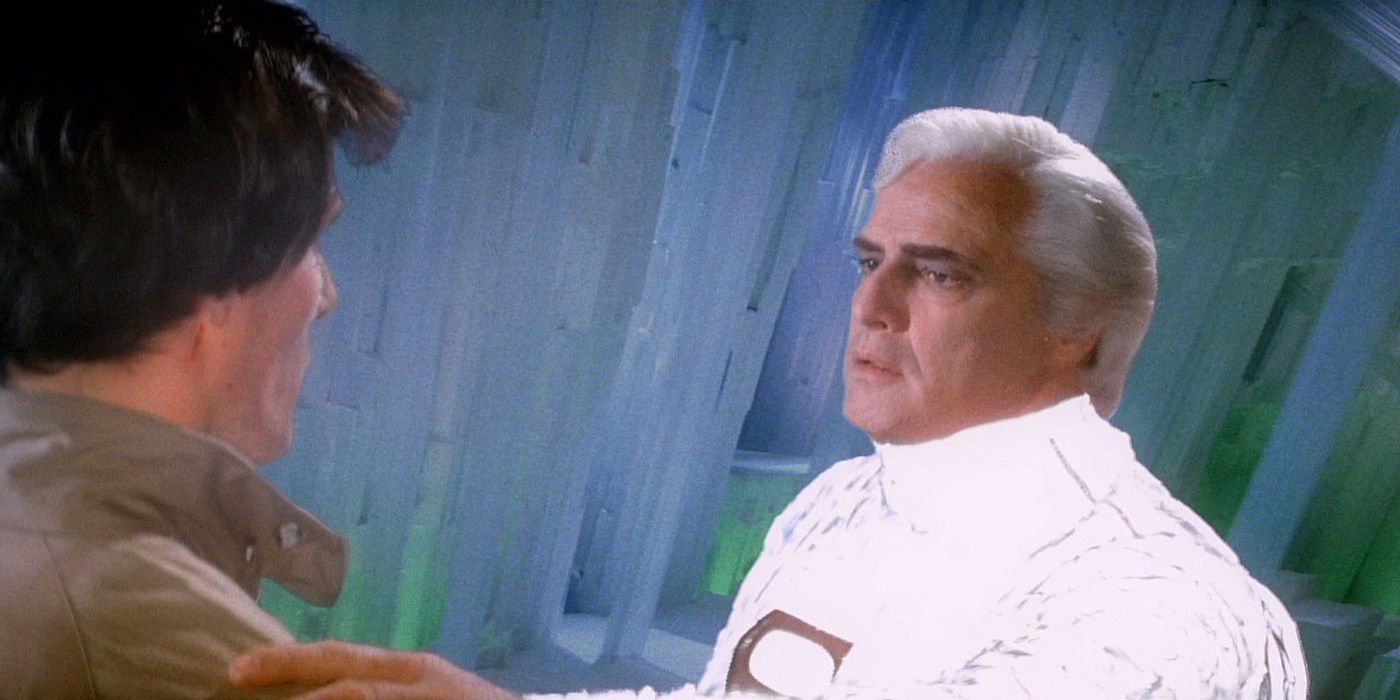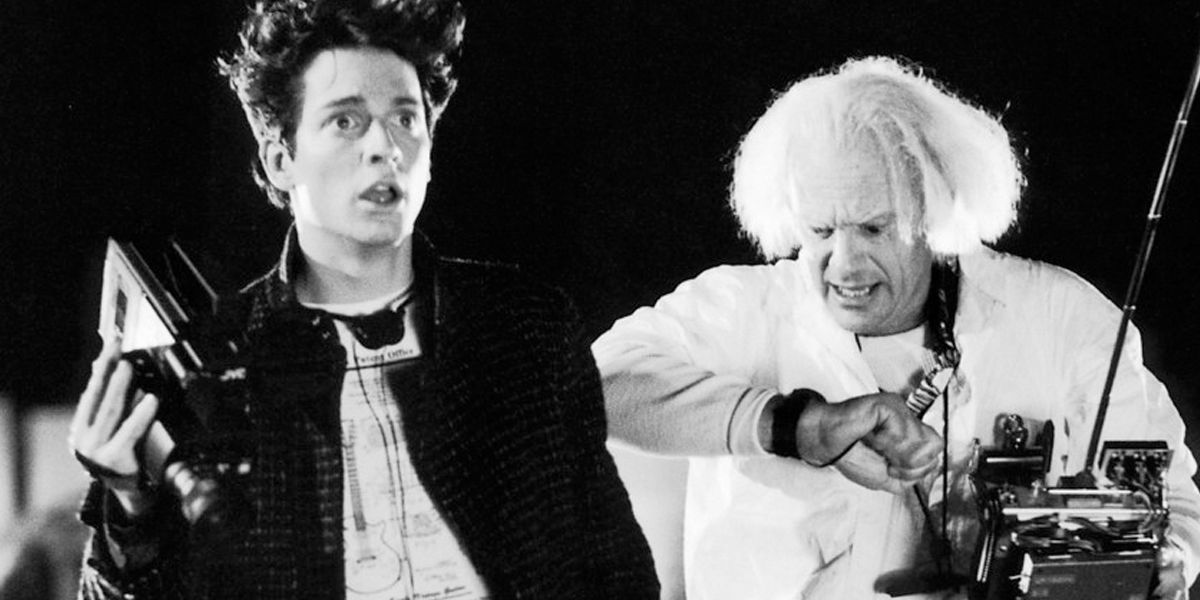While reshoots are often seen as a sign a production is in trouble, the reality is that most big movies have them in some form or another. The filmmakers might want to add a scene clarifying a plot point, or rework an action sequence to make it bigger, and most of the time, the movies benefit from the added footage.
That said, sometimes a production can be so hellish that the resulting movie is a mess, and drastic measures need to be taken. World War Z famously scrapped its original third act battle once it the creative team realized that it didn’t work, and a brand new finale was added at great expense. That seemed excessive by Hollywood standards, but compared to some movies, it got off easy.
In some extreme circumstances, an entire movie can be scrapped and reshot, either partway through filming or even after the whole thing has been shot. This is usually the result of a director clashing with producers or the studio, but it can also be the result of epic bad luck. It’s rare for a whole movie to wind up in the trash, but these 15 Movies That Had To Be Completely Reshot prove that sometimes, the worst case scenario can come true.
15. Jaws 2
Since Jaws was the first summer blockbuster, it makes sense that Jaws 2 would also set the blueprint for a hit movie to become a franchise. Spielberg flat out refused to return following the nightmare production of the original, and a very reluctant Roy Scheider only came back after being offered a sweet deal.
By all accounts, the first version of Jaws 2 was a disaster, with original director John D. Hancock clashing constantly with executives over the story. His version was darker, featuring Amity being nearly bankrupted after the events of Jaws, and the Mayor conspiring with the Mafia to build a luxury resort. This is why nobody wants to believe Brody about a new shark arriving. The producers didn’t like the joyless tone of Hancock’s version and tensions were high on set, leading to the director being fired after a month of filming.
After a failed attempt to entice Spielberg back, a new director was brought on, the script was hastily rewritten to become lighter in tone, and all of Hancock’s footage was scrapped, and still hasn’t been released to this day.
14. Fantastic Four (2015)
Someday the full, uncut story of what happened on the 2015 reboot of Fantastic Four will emerge, and it will easily be more entertaining than the mangled mess the movie ultimately became. Even if viewers walked into the film with no knowledge of the production woes, it would have been obvious from the jarring mix of tones, plot holes, and Kate Mara’s hideous wig.
The initial shoot appears to have been fraught with unease, with director Josh Trank fighting with the studio, the producers, the actors, and probably even the catering people. He set out to create a dark drama with shades of early David Cronenberg, which isn’t the obvious formula for a blockbuster. Fox was duly horrified with his initial cut, demanding sweeping re-edits and reshoots to mold it into a more traditional summer movie.
There are rumors that Matthew Vaughn came on to helm these new scenes, which were added to boost the amount of action. Many scenes were trimmed too, including the Fantasticar and The Thing raiding a terrorist base. The resulting film bears the scars of this massive facelift, but Trank and Doctor Doom actor Toby Kebbell maintain the original cut was great; we’ll probably never know either way.
13. Exorcist: The Beginning
The world didn’t need a prequel to The Exorcist, let alone two different versions of said prequel. The Beginning recounts Father Merrin’s first clash with the demon Pazuzu, and the original version was directed by Paul Schrader, who made a slow burn psychological chiller lacking in gore or jump scares.
The producers must have missed the “slow burn” part of his pitch, and were baffled that his cut lacked traditional jumps or bloodshed. They debated adding some additional scenes to beef up the scare factor, before settling on the pricier path of firing Schrader and hiring Renny Harlin to helm a whole new movie. Stellan Skarsgard was kept on in the lead role, but outside of the basic premise, the two movies are totally different.
The Harlin version was met with scathing reviews and quickly flopped, leading to Warner Bros. allowing Schrader to release his cut on DVD in order to make money back on it (a true rarity in modern moviemaking). It got slightly better reviews, but is still considered a weak effort.
12. Fitzcarraldo
Fitzcarraldo lays claim to one of the most famously unpleasant productions in film history, where director Werner Herzog sought to drag a 320-ton steamship over a hill because the story called for it. Predictably, this proved to be hellish, and Herzog fought constantly with hostile leading man Klaus Kinski.
Kinski himself was a replacement for actor Jason Robards, who played the lead character early in production. This version was lighter hearted than the final product and featured Mick Jagger as Robards' assistant Wilber. Around forty percent of the movie was shot before Robards became seriously ill and was forced to bow out. Jagger then had to exit as well for a Rolling Stones tour, and Herzog was so crushed to lose his performance that he cut the part from the script entirely.
He eventually recast the movie with Kinski in the lead, and for continuity's sake, had to start again from scratch. The film is considered one of Herzog’s best, so the pain was worth it in the end.
11. Hannah And Her Sisters
Woody Allen has a reputation for refilming big chunks of his movies when he’s not satisfied with the footage. He famously fired Michael Keaton from Purple Rose Of Cairo, and allegedly dropped Bruce Willis from Cafe Society when the Die Hard star couldn’t remember his lines.
Reshooting is a regular practice for the filmmaker because he likes to cut a film together and then decide what he needs to fix after he examines it. This extended to one of his most popular films, Hannah And Her Sisters, where he was so unhappy with the initial footage that he reshot around eighty percent of it. This was mostly to do with balancing the various storylines together and keeping the tone consistent.
It’s hard to argue with his search for perfection in this case considering the acclaim the film received, with co-stars Michael Caine and Dianne Wiest even winning Oscars for their work.
10. Enemy Mine
This cult sci-fi gem stars Dennis Quaid as a fighter pilot in an intergalactic war who becomes stranded on a planet alongside an enemy alien, with the two slowly becoming friends as they struggle to survive. The original director was Richard Loncraine, who shot one version of Enemy Mine in locations like Iceland and Budapest.
Loncraine helmed it for around six weeks, but when the studio was unhappy with the footage he delivered (and various cost overruns), they fired him and shut production down completely. They then hired Wolfgang Petersen to take over, who tossed the original footage in the bin and started over entirely.
This new version was shot mainly on sets, and Petersen had everything redesigned. The studio also felt the grammar of the title was confusing, and insisted on adding a literal enemy mine to the third act. This doubled the budget, and while the film received some good reviews, it wasn’t anything resembling a hit, earning back less than half of its $29 million price tag. None of the original footage has re-emerged, and even Dennis Quaid is curious about how it looks.
9. Deadly Friend
The late, great Wes Craven had plenty of nasty run-ins with studio executives throughout his career – check out entry three for more information – and he had a particularly bad experience with Deadly Friend. The movie was originally a gentle sci-fi love story called Friend, about a teen who revives his girlfriend with a microchip. It was Craven’s first studio movie, and he made a conscious effort to move away from the horror genre.
Unfortunately for him, the studio showed his cut to young fans of his previous work, and they hated that it lacked any gore. Warner Bros then forced him to add six gory deaths to appeal to his fanbase, and a few nightmare sequences to bump up the horror element. They also made him delete a number of key character scenes, which toned down the intended love story.
With all the reshooting and tinkering, Deadly Friend barely resembled the director’s original intentions, leading to him disowning it. It’s ultimately not a great movie, but it did give the world the infamous basketball death, so it has that going for it.
8. The Rage: Carrie 2
Neither Stephen King nor Brian De Palma fans were screaming out for a belated sequel to Carrie, since the story had been told effectively with the 1976 adaptation. Of course, where there’s money, a pointless sequel will usually find a way to escape.
The Rage: Carrie 2 actually began life as an original horror movie called The Curse, but producers realized it was so similar to Carrie that it might as well be a sequel. Following the necessary rewrites, it began filming under the direction of Robert Mandel, but after some unexplained creative differences, he was forced off it after a few weeks.
Replacement director Katt Shea was quickly drafted to replace him, but she only had a week to prepare. She also had to reshoot all of Mandel’s work in the process and make the film a strange hybrid of a soapy teen drama and a sequel to a beloved horror classic. Ultimately, The Rage failed to gross its budget back, but it has some fans who feel it’s an underrated gem.
7. September
Famed filmmaker Woody Allen once again appears on our list, this time with an even more extreme example of his reshooting methodology. He intended his low-key family drama September to feel like a filmed play, with long takes and a deliberate lack of filmmaking flare, meaning he had to rely heavily on his actors to achieve the desired effect.
This didn’t work out the way he hoped, and after examining an edit of the movie, he decided to scrap the entire thing. He recast key roles with different actors – having already fired Christopher Walken during the original shoot -- and filmed a whole new take on the material, which went on to receive middling reviews and a box office take of less than $500,000.
Allen has since claimed he’d happily scrap the released version of September and start all over again, but there’s no sign of that happening anytime soon. Since it’s essentially forgotten now, that might be for the best.
6. Smokey And The Bandit Part 3
Burt Reynolds wanted nothing to with the Smokey and the Bandit movies after part two, since he felt like a sell-out making the first sequel. The studio felt there was still another movie to be squeezed out of the concept, and decided to switch focus to co-star and comic legend Jackie Gleason instead.
Gleason played the sheriff obsessed with catching The Bandit, and the studio settled on the bizarre notion of having the actor play both characters for the third movie. It was filmed under the title Smokey IS the Bandit, and a teaser trailer confirms that this was the original approach. Test screenings of this version were disastrous, however, with viewers being confused by the idea.
In a blind panic, the studio hired Jerry Reed – who played a supporting role in the first two movies – to play the new Bandit, forcing large pieces to be reshot. They also managed to rope Reynolds into a surprise, uncredited cameo in the last scene. The final version is still confusing and isn’t a patch on the first two entries.
5. Hellraiser: Bloodline
Hellraiser: Bloodline had the most ambitious concept of the series, which was split between three different timelines; a past segment following the creator of the puzzle box, a present day section following his ancestor, and a futuristic segment featuring another descendant trying to destroy Pinhead once and for all.
It’s an epic idea, but the film’s low budget caused numerous problems, and producers grew worried when they realized series mascot Pinhead didn’t turn up until the midway point. Despite coming in on time and under budget, they demanded huge changes. The futuristic section became a framing device so that Pinhead could appear much earlier, and the first section was cut down to speed things up. Original director Kevin Yagher left after disagreements with Dimension Films, and a new director came on to shoot a large amount of brand new material.
Yagher was so upset with the badly stitched together cut of Bloodline that he had his name removed, and in spite of the unique concept, the movie is now dismissed as the entry that sent Pinhead into space.
4. Stalker
Stalker is loosely based on Russian sci-fi novel Roadside Picnic, which follows a “stalker” who sneaks into the quarantined site of an alien visitation to steal valuable objects. Andrei Tarkovsky directed the adaptation, which essentially ignored the book outside of some key concepts.
The director worked for nearly a year on the film but had a testy relationship with the original cinematographer, who he eventually fired. It was later discovered that the film stock had been improperly developed, which effectively rendered all the footage unusable. A crushed Tarkovsky was naturally tempted to scrap the whole project, but he quickly recovered, deciding to develop a new version of the story and try all over again.
Stalker is now considered an influential classic, so it’s a good thing he stuck to his guns. On a related note, Roadside Picnic is being adapted into a TV show by Thor: The Dark World director Alan Taylor, and is set to air sometime in 2017.
3. Cursed
If ever a film was aptly named, it would be Cursed. The film came from the same team behind Scream and was supposed to be a smart, post-modern take on the werewolf movie. Director Wes Craven nearly completed filming on the original script when Dimension Films shut production down and delayed it a year to make changes.
The film was eventually entirely reshot, with half of the original cast being fired and a new draft of the script being written. The original story featured three strangers being united by a werewolf attack, but the new version made two of them siblings and the third character – played by Skeet Ulrich – was cut completely. The film was also toned down from an R to a PG-13, and special effects artist Rick Baker was ultimately canned, with his work being replaced with crappy CGI.
In the end, Cursed took over two years to make, and the new version barely resembled the script Craven signed on for. Like several other filmmakers on our list, he hated the end product, and it’s considered one of his weakest films.
2. Superman II
Part of the reason the original Superman worked is because director Richard Donner infused it with heart and grounded the more fantastical elements. He was hired to shoot Superman and Superman II back to back, but towards the end of the shoot, it was decided that the production crew should focus on finishing the first movie, and return to the sequel later.
However, Donner had a terrible relationship with the producers of the series, and after Superman was released and became a monster hit, the director was fired from the sequel. Despite having shot around 75% of the movie already, Superman II's new director had to reshoot most of it to qualify for a directing credit. Scenes were reshot and made goofier, and key moments – including a return appearance by Marlon Brando’s Jor-El – were cut entirely.
The released version still received good reviews and healthy box office, but fans clamored for decades to see Donner’s footage. They got their wish in 2006, when Donner supervised a brand new cut of Superman II featuring the footage he shot.
1. Back To The Future
These days, it’s hard to imagine anyone else playing Marty McFly, but things could have worked out very differently if production on the greatest time travel film of all time had gone according to plan. When Back To The Future was scheduled to shoot, Michael J. Fox was busy filming a sitcom, so Robert Zemeckis hired Eric Stoltz instead. He shot around six weeks with the actor in the role, but couldn't shake the horrible feeling that Stoltz was too intense, lacking the lightness required of the character.
He cut some footage together and showed it to Steven Spielberg, who agreed with his grim assessment. They made their case to the studio that Marty needed to be recast and the footage reshot, since Stoltz appeared in nearly every scene. They agreed to the unusual request, and Fox found a gap in his schedule to take on the role.
This has become a famous piece of lore from the franchise, but outside of some photos and a brief, wordless clip, none of the original footage has been released. Stoltz probably prefers it remains that way, too.
--
What other movies do you know that had to be completely reshot? Let us know in the comments.

